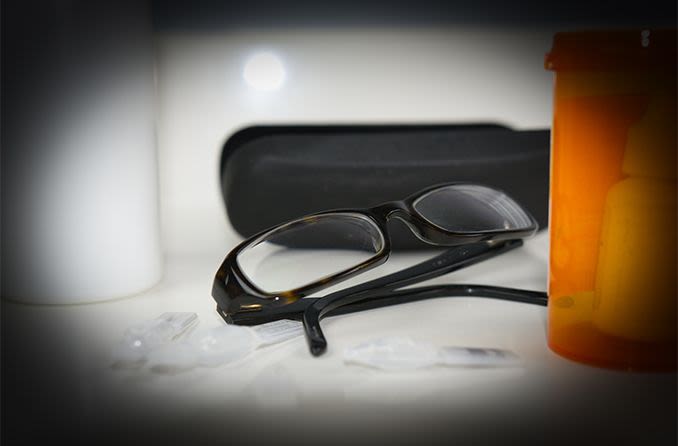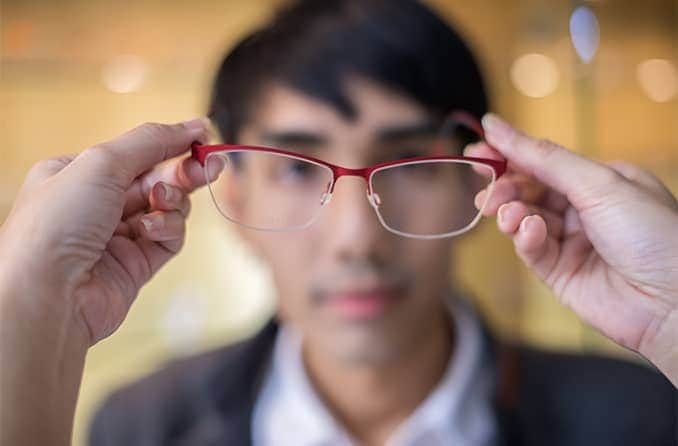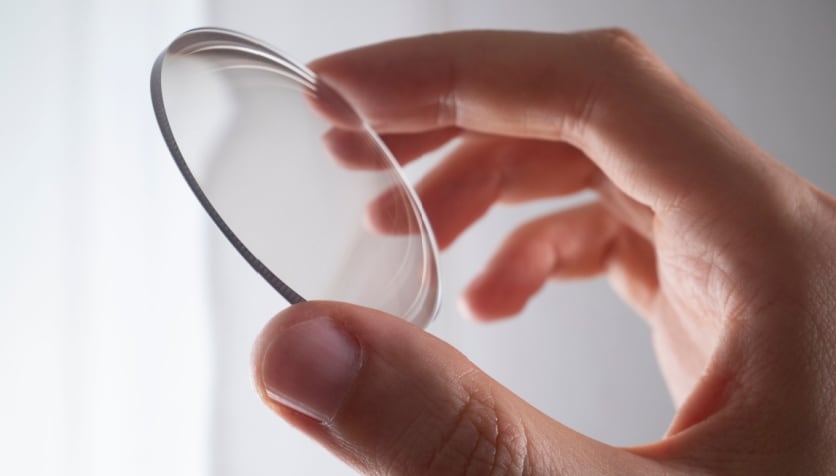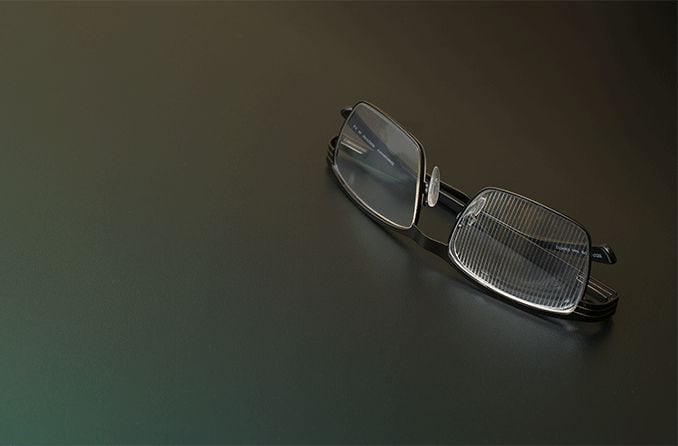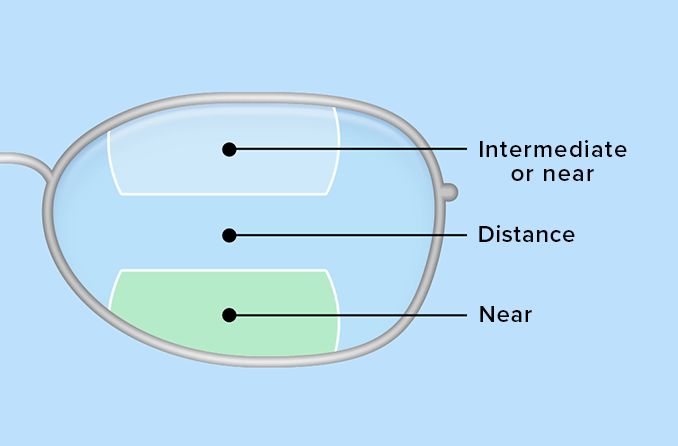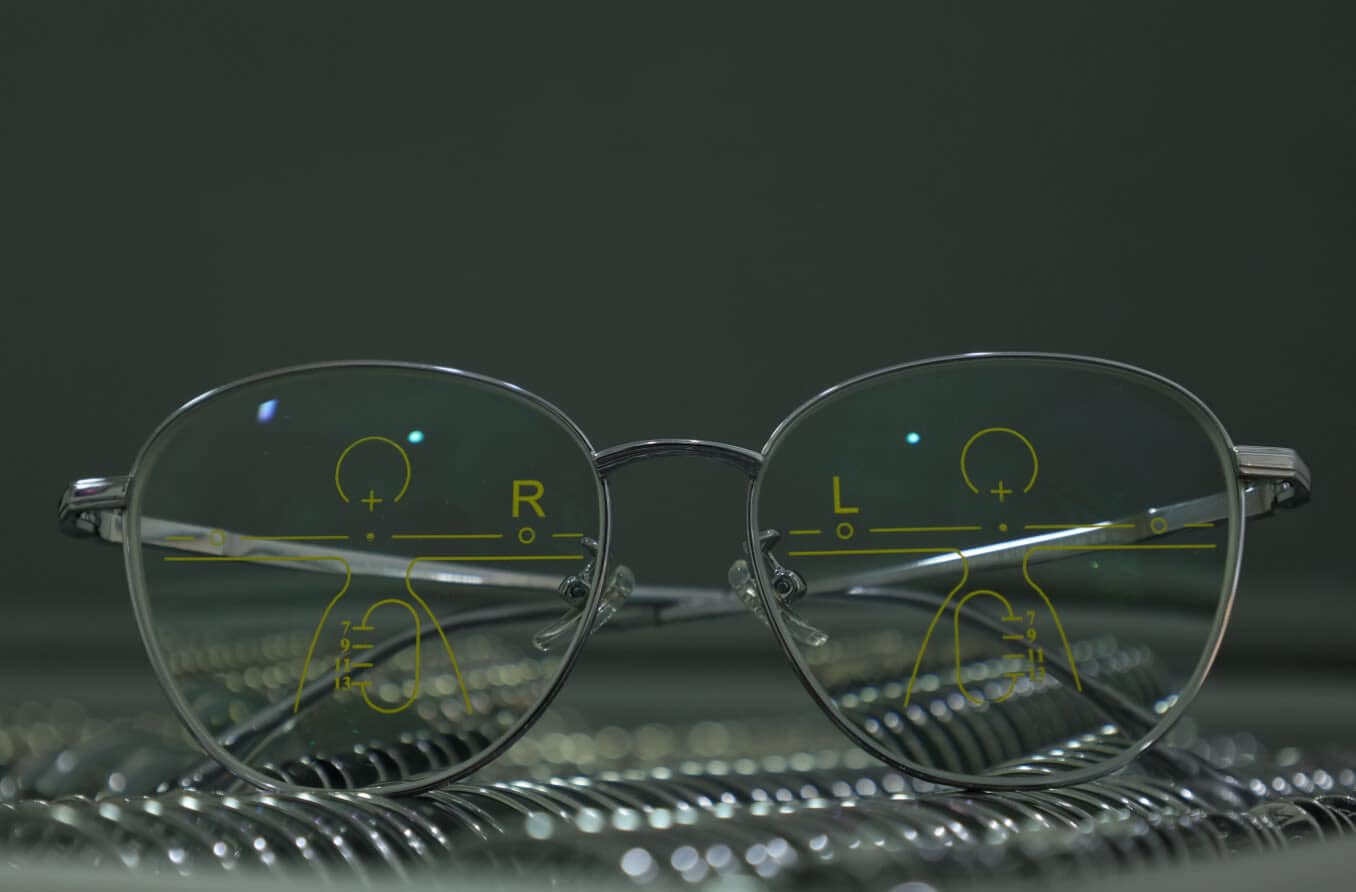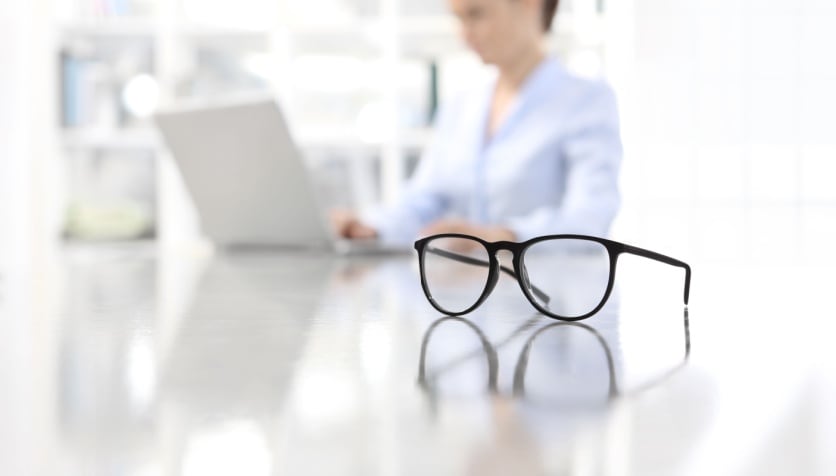Glaucoma is an eye condition that affects the optic nerve, which sends messages from your eyes to your brain. Damage to the optic nerve can eventually cause blindness if glaucoma is left untreated.
Common treatments for glaucoma include prescription eye drops and surgical procedures to reduce pressure inside the eye that causes optic nerve damage.
Glaucoma treatments can help prevent additional vision loss, but they can’t reverse damage that has already occurred. This makes it vital for everyone to get regular eye exams because glaucoma typically has no symptoms until vision loss has already occurred.
Soon, there may be another tool in the fight against the disease: glaucoma glasses.
Glaucoma glasses technology
Researchers are developing innovative technology to create glaucoma glasses that may help reduce eye pressure without drugs or surgery and/or compensate to some degree for peripheral vision loss from glaucoma. (Some of these devices are not yet available.)
Glaucoma glasses to reduce eye pressure
Bionode, a startup company affiliated with Purdue University, is developing glaucoma glasses that may be able to reduce eye pressure without drugs, surgery or side effects.
Bionode’s glaucoma glasses are worn with a pair of contact lenses that are designed with a thin gold coil around the outside edge of the lens. When worn together, the glaucoma glasses deliver an electromagnetic field wirelessly to the contact lens, which creates a low-energy current that is transmitted to the structure in the eye that regulates drainage of fluid from the eye.
Under the influence of this energy, drainage structure allows fluid to drain more easily from the eye, reducing internal eye pressure and decreasing the risk of optic nerve damage from glaucoma.
The company currently is preparing to conduct a clinical trial of its glaucoma glasses and contact lens to evaluate the safety and effectiveness of the device.
Glaucoma glasses to compensate for peripheral vision loss
People with peripheral vision loss from glaucoma often have problems with orientation and mobility. They may frequently trip over things and bump into people in crowds — which can become dangerous.
Researchers from Schepens Eye Research Institute at Harvard Medical School found that for people with peripheral visual field loss like that from advanced glaucoma, glasses with high-power prisms in the peripheral part of the lenses increased the wearer’s peripheral vision by more than 15 degrees into the area of blindness, potentially improving mobility.
These prism-containing glaucoma glasses can create “islands of vision” to enlarge the visual field of the wearer and compensate for the wearer’s decreased field of vision.
Though the glaucoma glasses in this research have not yet been commercialized, you may be able to obtain similar prism glasses from an eye doctor who is a low vision specialist.
Features of glaucoma glasses
According to The Glaucoma Foundation, light sensitivity and glare are common problems for people with glaucoma.
We’ll get into the importance of key features to look for later on, but some main things to look for include:
- Brown, amber or yellow lens tints
- Ultraviolet (UV) protection
- Blue light filtering from digital screens
- Polarized lenses
- Mirror-coated lenses
- Anti-reflective coating
Each of these features can benefit your vision and comfort in specific ways. To find out what features best suit your needs, consult a glaucoma specialist near you.
Lens tint benefits of glaucoma side effects
Particular lens tints can help block out harsh lights, both natural and artificial. The darker the tint, the more effectively the light will be blocked out. Experts suggest choosing from brown, amber and yellow tones. You may have to do some experimenting to discover which shade is the most comfortable and efficient for you.
One thing to note is that you don’t actually have to buy a separate pair of glasses to experience the benefits of lens tinting. Some lenses can be made to clip onto your existing frames. There are also shields that fit over your glasses — some of which have pieces that block light from entering your eyes from the sides.
Tinted lenses are especially helpful for:
- Driving — they can lessen the intensity of the sun or headlights in oncoming traffic
- Outdoor activities
- Exposure to fluorescent light
- Working with bright computer screens, which can cause digital eye strain
Sunglasses for glaucoma
Glaucoma patients are more sensitive to light, and some treatments for the condition — such as medications and surgery — can heighten that sensitivity even more, making it critical to protect your eyes from the sun’s harmful ultraviolet (UV) radiation.
What are the best sunglasses for glaucoma? Look for a pair that blocks 99% to 100% of UV rays or UV absorption up to 400nm, which provides full absorption. These are also called UV 400. Be sure to look for sunglasses with these specifications on the label or in the online product description.
If you have glaucoma, there are other beneficial features to look for when shopping for sunglasses, including:
- Photochromic lenses, which automatically darken when they are exposed to the sun’s UV rays, so you don’t have to worry about changing glasses or using clip-ons for outdoor activities.
- Mirror-coated lenses, which reduce the amount of visible light entering the eyes, and are especially helpful in situations with higher glare.
- Polarized lenses, which can help decrease glare when light is reflected off smooth surfaces such as water and pavement.
- Wraparound sunglasses, which provide protection to your peripheral vision, as they prevent light from entering from the sides of your eyes.
If you’ve noticed any changes in your vision, or if it’s time for your annual eye exam, visit an eye doctor near you.
